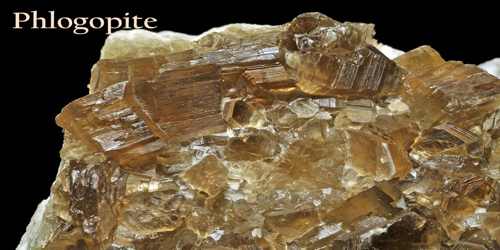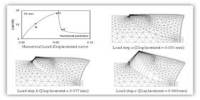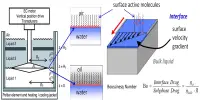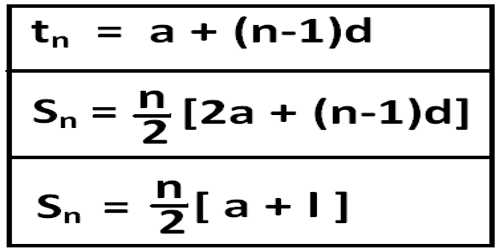Phlogopite
Definition
Phlogopite is a yellow to dark-brown mica. Phlogopite is monoclinic and is usually found in limestone. It is used in insulation. It is also called brown mica, basic aluminosilicate of potassium, magnesium, and iron that is a member of the common mica group. Its chemical formula: K(Mg,Fe)3AlSi3O10(OH)2. Iron substitutes for magnesium in variable amounts leading to the more common biotite with higher iron content. For physical and optical identification, it shares most of the characteristic properties of biotite.
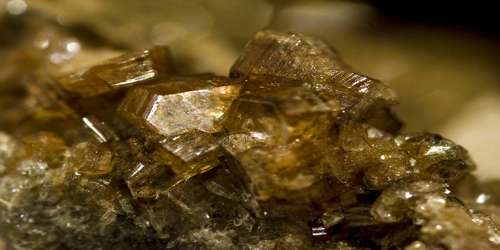
Phlogopite occurs typically as a metamorphic product (e.g., in crystalline metamorphosed limestones) and also in ultramafic igneous rocks. Phlogopite forms a chemical substitution series with biotite, from which it is arbitrarily distinguished by a magnesium-to-iron ratio greater than 2:1.
Phlogopite contains three closely related minerals (some consider these as varieties):
- Tetraferriphlogopite: KMg3(Fe3+Si3O10)(OH)2
- Shirozulite: KMn3(AlSi3O10)(OH,F)2
- Fluorophlogopite: KMg3(AlSi3O10)F2
Phlogopite is very hard to clean because if washed it will absorb water internally and start to break apart. The best way to wash Phlogopite and other micas is with a dry electric toothbrush.
Occurrences and Properties of Phlogopite
Phlogopite is often found in association with ultramafic intrusions as a secondary alteration phase within metasomatic margins of large layered intrusions. In some cases the phlogopite is considered to be produced by autogenic alteration during cooling.
The occurrence of phlogopite mica within igneous rocks is difficult to constrain precisely because the primary control is rock composition as expected, but phlogopite is also controlled by conditions of crystallisation such as temperature, pressure, and vapor content of the igneous rock. Several igneous associations are noted: high-alumina basalts, ultrapotassic igneous rocks, and ultramafic rocks.
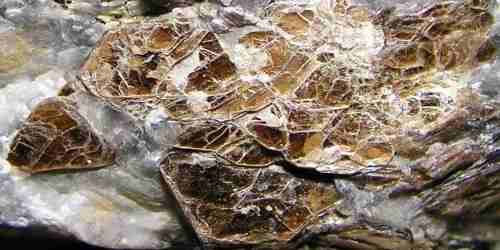
The largest documented single crystal of phlogopite was found in Lacey mine, Ontario, Canada; it measured 10×4.3×4.3 m3 and weighed about 330 tonnes. Similar-sized crystals were also found in Karelia, Russia.
Its crystals are in thick flakes, micaceous masses and groupings, and in tabular, foliated, flaky, and scaly forms. Crystals may also be elongated with one dimension flat or stubby triangular or hexagonally shaped crystals. Also forms in prismatic barrel-shaped crystals composed of dense parallel plates, and rounded nodules of dense crystals.
Reference:
